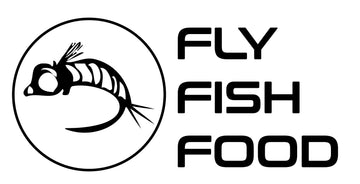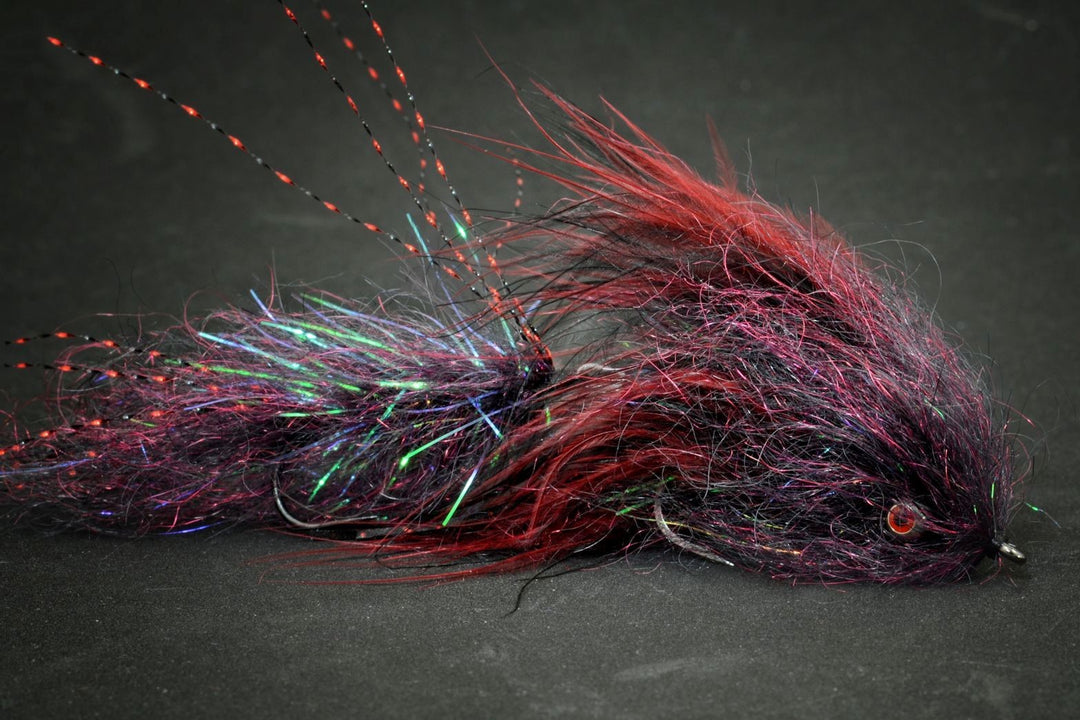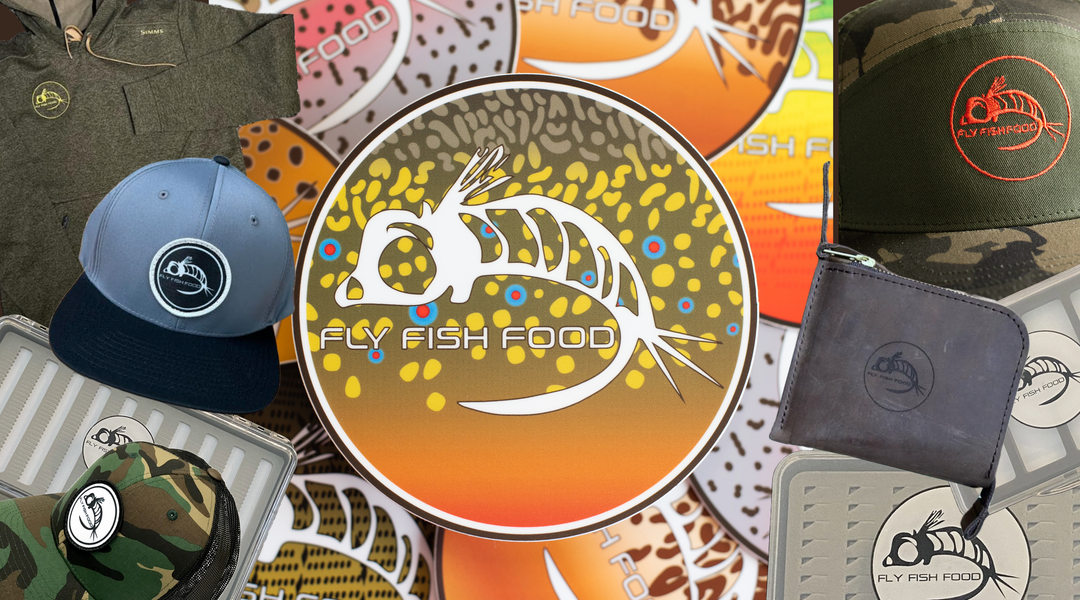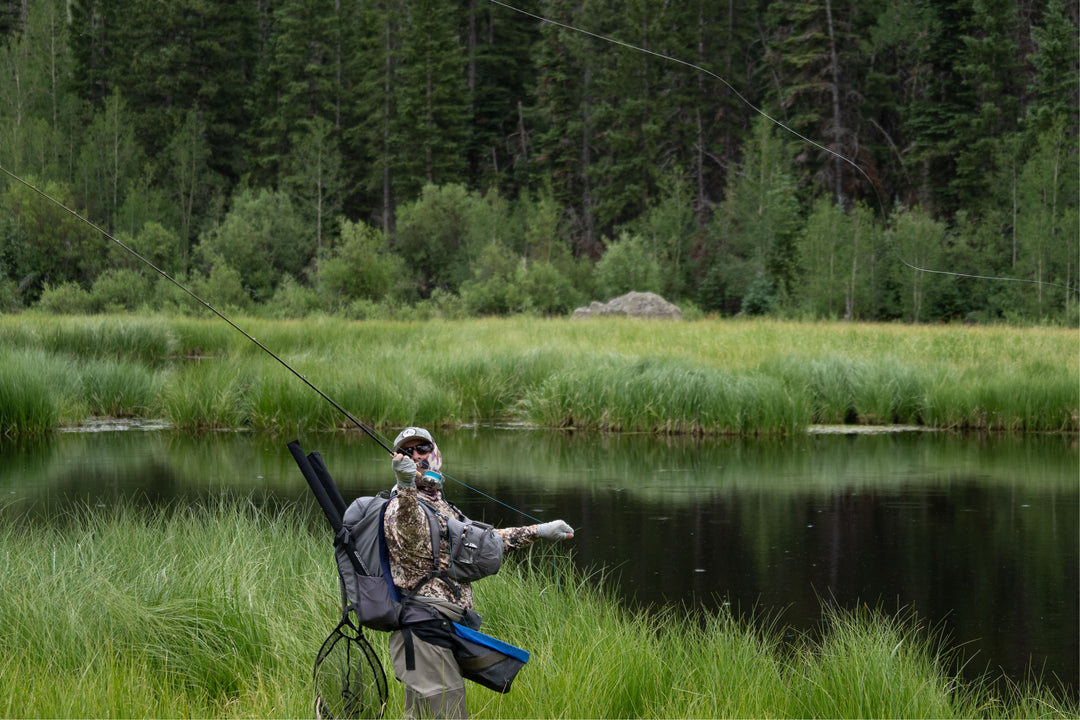Wyoming ·
Lamar River Fly Fishing Report - August 8/23/2025
LAMAR RIVER FLY FISHING REPORT
Yellowstone National Park — Lamar Valley
Report Date: August 23, 2025 | Next Update: August 30, 2025
Current River Conditions
Fishing is very good right now. Low summer flows, clear water and strong terrestrial and mayfly activity are producing consistent dry-fly and hopper-dropper action. Expect typical late‑August behavior — spirited eats and selective fish in pressured runs.
Flows & Clarity
Flow Rate: ~180–200 CFS (low summer flow)
Water Clarity: Clear (excellent visibility along most reaches)
Note: Low flows concentrate fish into pockets — target seams and deeper tails.
Flow Rate: ~180–200 CFS (low summer flow)
Water Clarity: Clear (excellent visibility along most reaches)
Note: Low flows concentrate fish into pockets — target seams and deeper tails.
Water Temperature
Current: mid 40s–low 50s°F (≈8–12°C)
Daily Range: cool mornings, warming slightly midday
Trend: stable for late August
Current: mid 40s–low 50s°F (≈8–12°C)
Daily Range: cool mornings, warming slightly midday
Trend: stable for late August
Weather & Wind
Typical late-summer pattern: warm days, cool mornings; afternoon breeze possible
Best windows: early morning and late afternoon when insects and rises are strongest
Typical late-summer pattern: warm days, cool mornings; afternoon breeze possible
Best windows: early morning and late afternoon when insects and rises are strongest
Access & Pressure
Road-accessible stretches see more anglers; hike-in pockets and upper tributaries for lower pressure. Watch for wildlife—bison and bears are active in the valley.
Road-accessible stretches see more anglers; hike-in pockets and upper tributaries for lower pressure. Watch for wildlife—bison and bears are active in the valley.
Hatch Chart & Insect Activity — Aug 23, 2025
| Insect | Size | Activity Level | Prime Time |
|---|---|---|---|
| Green Drakes | #10–12 | Moderate–Heavy ⭐⭐⭐ | Midday — look for fish rising in slow seams |
| Caddis (skittering and emergers) | #14–18 | Moderate ⭐⭐⭐ | Evening & low-wind pockets |
| PMDs (Pale Morning Duns) | #14–18 | Light–Moderate ⭐⭐ | Late morning into midday |
| Terrestrials (Hoppers, Ants, Beetles) | #8–16 (hopper/ant sizes) | Heavy ⭐⭐⭐⭐ | Afternoon through evening — especially on warm banks |
| Midges / Rusty Spinners | #18–22 | Light ⭐⭐ | Dawn and dusk, shallow riffles |
Recommended Flies (linked to patterns)
Below are the standout flies for the current conditions — click any pattern to view and order.
Dry Flies (top choices)
- Parachute Adams — reliable all-purpose mayfly (use as an attractor for Green Drakes/PMDs).
- Stealth Link Mercer — PMD — excellent during morning/midday PMD activity.
- Corn-fed Caddis (CDC) — Olive — skitter or dead-drift near banks at dusk.
- Bionic Hopper — Tan and Bionic Ant — Black — hopper/dropper rigs are producing big eats in afternoon foam lines.
- Libby's Salmonfly — large stonefly silhouette for targeting opportunistic trout in foam seams (use where appropriate).
Nymphs & Subsurface
- Tungsten Pat's Rubber Legs — go-to for stonefly runs and heavy nymphing.
- Pheasant Tail (Tungsten) — universal mayfly nymph, great as a point fly.
- Egan's Warrior Perdigon — Rainbow and Split Case — PMD — effective in clear, low flows; fish tight, deep lanes.
- Black Zebra Midge — use in slow tails and slicks at dawn/dusk.
- Olsen's DNA Worm — subtle worm/dirty-fly for pressured holds.
- Sunny Side Up (eggs) — switch to eggs around redds and during spawning trout pulls.
Streamers & Big-Profile Patterns
- Coffey's Articulated Sparkle Minnow — Sculpin #4 — prime for deeper runs and pocket water.
- Sculpzilla — Natural and Cheech Leech — Black — strip slow and twitch near structure for reaction strikes.
Tactics & Quick Strategy
Early morning: Indicator nymph rigs — size up with tungsten point flies, Pheasant Tail or Perdigons on the point. Fish seams and feeder mouths.
Midday: When Green Drakes and PMDs start, switch to dries — present parachute-style mayflies and skip caddis along banks. Use light tippet (4–6X) for picky takes.
Afternoon–evening: Hopper/dropper rigs are highly effective: a hopper (size 8–12) with a rubber‑legged nymph or PT on a 2–3 ft dropper. Tight to foam lines and undercut banks.
Streamer work: Target deeper runs and current seams with sculpin/bugger patterns; long, slow strips followed by short pauses often triggers big fish.
Presentation: Low flows mean trout key on subtle current seams—mend upstream, let flies swing naturally, and watch for soft takes along foam edges.
Midday: When Green Drakes and PMDs start, switch to dries — present parachute-style mayflies and skip caddis along banks. Use light tippet (4–6X) for picky takes.
Afternoon–evening: Hopper/dropper rigs are highly effective: a hopper (size 8–12) with a rubber‑legged nymph or PT on a 2–3 ft dropper. Tight to foam lines and undercut banks.
Streamer work: Target deeper runs and current seams with sculpin/bugger patterns; long, slow strips followed by short pauses often triggers big fish.
Presentation: Low flows mean trout key on subtle current seams—mend upstream, let flies swing naturally, and watch for soft takes along foam edges.
Recent Angler Notes & Local Intel
- Dry-fly and hopper action is the story of the day in many stretches; anglers reporting quality numbers in accessible runs and less pressure in hike-in pockets.
- Yellowstone anglers note clear water and selective trout — smaller, natural-appearing patterns and polished presentation win more fish than big attractors on pressured water.
- Expect higher angling pressure along roadside access points; if you want more solitude, hike to the upper tributaries or long tailwater seams.
Regulations & Safety Reminders
Regulations
Follow Yellowstone National Park fishing regulations — check current park rules before you fish. Common rules include use of artificial flies/lures and other season-specific restrictions.
Follow Yellowstone National Park fishing regulations — check current park rules before you fish. Common rules include use of artificial flies/lures and other season-specific restrictions.
Wildlife Safety
Lamar Valley is prime wildlife habitat. Carry bear spray, make noise while hiking, and keep distance from bison, elk and bears.
Lamar Valley is prime wildlife habitat. Carry bear spray, make noise while hiking, and keep distance from bison, elk and bears.




